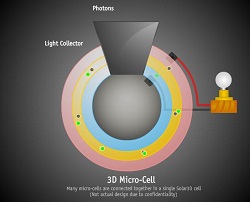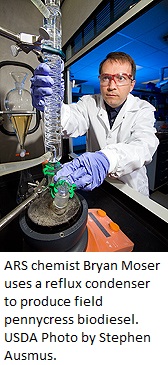![]() According to the Tucson Regional Clean Cities Coalition Arizona Petroleum reached their goal of raising $2,000 for the Alzheimer’s Desert Southwest Chapter Memory Walk. During the month of October, Arizona Petroleum, Tucson’s largest supplier of E85 and Biodiesel in Southern Arizona, gave .5 cents of every gallon of E85 and Biodiesel sold, both bulk and retail, to the Alzheimer’s Memory Walk.
According to the Tucson Regional Clean Cities Coalition Arizona Petroleum reached their goal of raising $2,000 for the Alzheimer’s Desert Southwest Chapter Memory Walk. During the month of October, Arizona Petroleum, Tucson’s largest supplier of E85 and Biodiesel in Southern Arizona, gave .5 cents of every gallon of E85 and Biodiesel sold, both bulk and retail, to the Alzheimer’s Memory Walk.
“On Saturday, November 6, 2010 I was proud to be at the Alzheimer’s Memory Walk event while Jerry Kachenko, of Arizona Petroleum, stood on the stage at the Reid Park Bandshell and presented the Desert Southwest Chapter of the Alzheimer’s Association with a check for $2,000,” noted Colleen Crowninshield, Manager, Clean Cities/Solar Partnership Programs. “We should all be very proud that we are giving back to our community by using biofuels, and I want to extend a warm thank you to Arizona Petroleum, for giving their time and dollars to this very worthwhile event.”
Other retailers who participated in the event in Arizona were:
Coolidge Chevron, 295 S. Arizona Blvd., Coolidge
C & T Alvernon & Pima, Tucson
Fastlane Chevron Ajo & I-10, Tucson
Gas City Houghton & Alvernon, Tucson
Gas City Fry Blvd., Sierra Vista
Gas City Buffalo Soldier Tr., Sierra Vista
Loma Catalina Ruthraff and La Cholla, Tucson
Loma Catalina Dove Mtn., Tucson
Pioneer Fuel 22nd & Kolb, Tucson
Quik Mart Irvington & Houghton, Tucson
Quick Pik #3 Pantano & Golf Links, Tucson
R & D Conoco Magee & Thornydale, Tucson
Super Stop Sahuarita
The Alzheimer’s Association Memory Walk® is the nation’s largest event to raise awareness and funds for Alzheimer care, support and research. This event calls on volunteers of all ages to become champions in the fight against Alzheimer’s.












 It is time to start thinking about the next
It is time to start thinking about the next